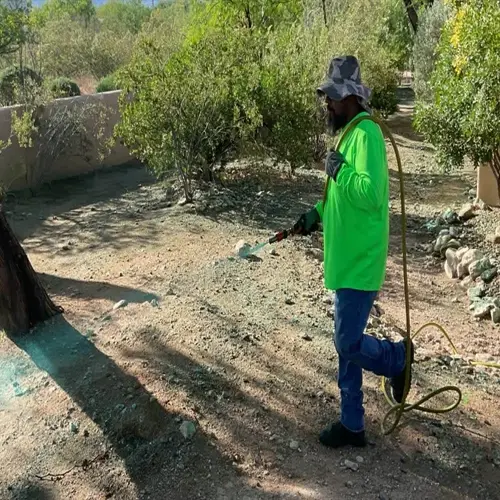What are the early signs of a scale infestation?

Written by
Benjamin Miller
Reviewed by
Prof. Martin Thorne, Ph.D.Spotting scale insect infestations early prevents serious damage to the plants. The first symptoms are often very slight and require great observation. I have learned to spot the telltale signs before the visible lump appears, and I have saved many of my plants. When inspecting, examine the undersides of the leaves and stem joints, which are the areas where the scales first appear.
Honeydew Residue
- Shiny sticky coating on leaves or surfaces below plants
- Appears before visible scales develop
- Attracts ants seeking sugar sources
Foliage Changes
- Yellowing leaves starting from lower sections
- Premature leaf drop without seasonal cause
- Stunted or distorted new growth patterns
Visual Indicators
- Tiny immobile bumps on stems or veins
- White cottony clusters indicating mealybugs
- Brown shell-like formations on bark
Secondary Symptoms
- Black sooty mold growing on honeydew
- Ant trails moving up plant stems
- Sticky floors or furniture near plants
Behavioral Clues
- Increased bird activity pecking at bark
- Unusual plant stress during optimal conditions
- Declining vigor despite proper care
Honeydew residue gives evidence of the earliest infestations. Rub your fingers across the leaf surfaces to check for stickiness. Place white paper under the branch and strike the stem to see if anything falls on the paper. My citrus trees always exhibit this sign weeks before it becomes noticeable that scales are present.
Magnification equipment reveals the important facts early on. A 10X loupe is valuable for detecting the translucent crawlers that appear near plant veins. These active nymphs appear before the adult form has developed its protective shell. I carry a pocket magnifier in my gardening apron for daily inspections so that I can be alert to any damage that occurs.
Recognizing scale as distinct from similar problems, nutrient deficiencies will lead to entire plants in poor health, but scale damage will be patchy. Spider mites, not honeydew, produce webbing. The sticky residue produced from fungal spots is never made from scales.
Extra care is needed for the plants that have trouble with the dangerous scale. Concentrate on the various citrus plants, the orchids, the ficus, and the camellias, which are the special favorites of the scale. Such plants will be improved by frequent inspection during the warm months. My orchids are kept healthy by inspecting them with a flashlight during evening visitations.
Read the full article: Scale Insect Treatment Methods Explained

